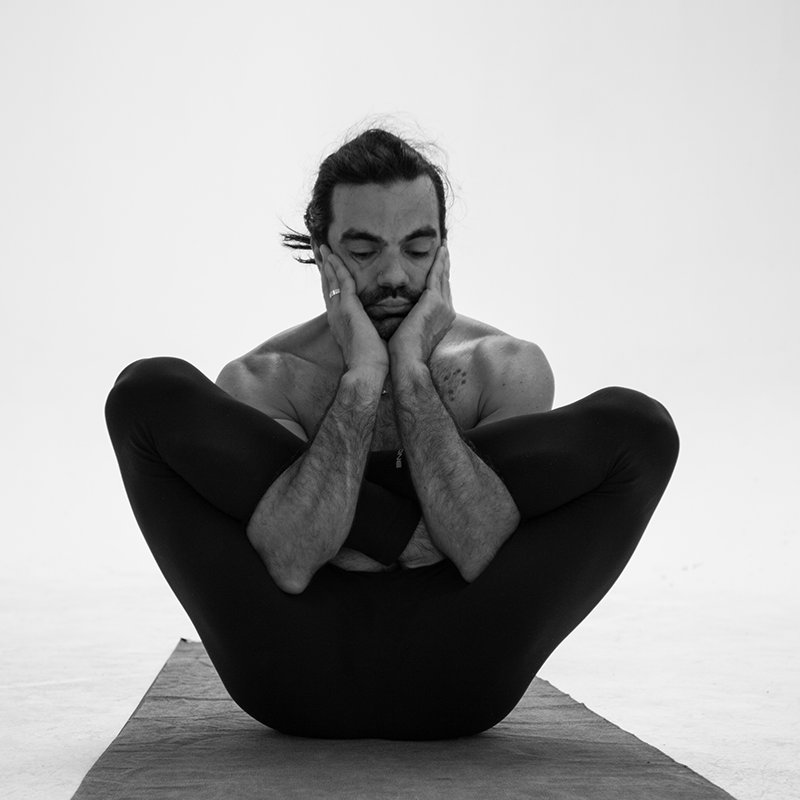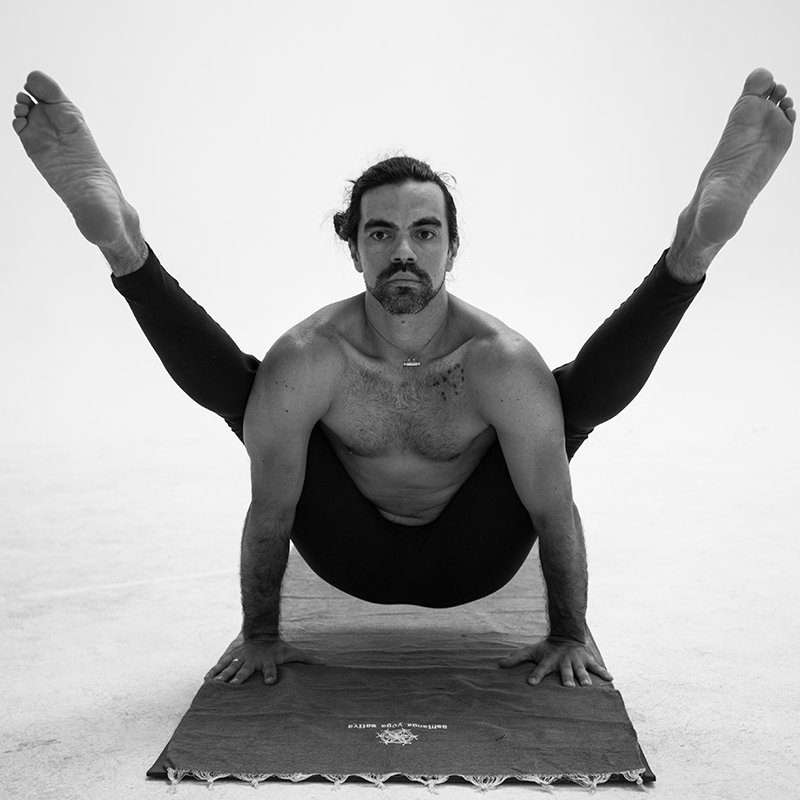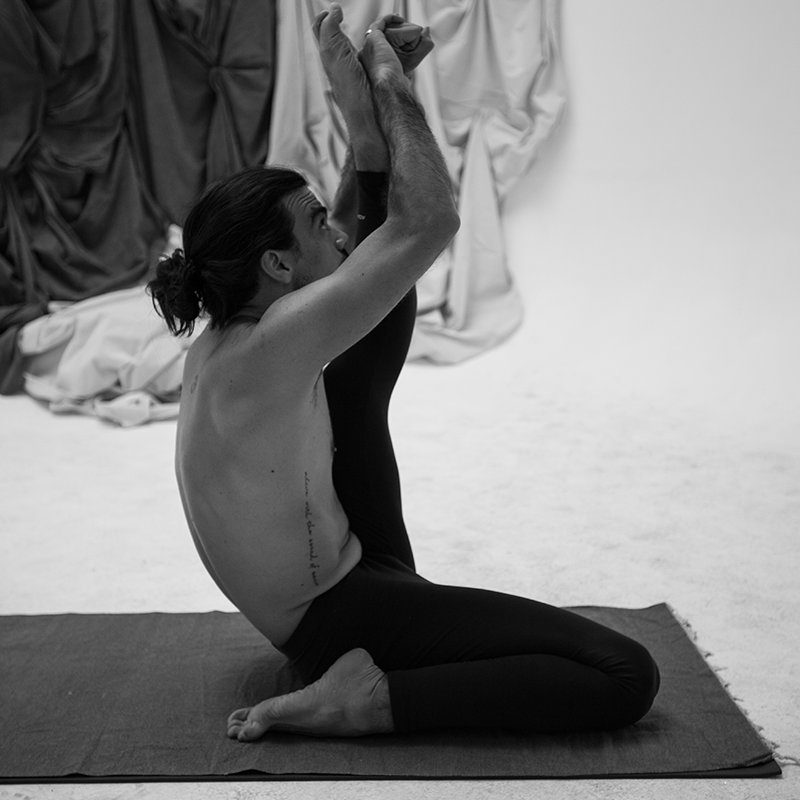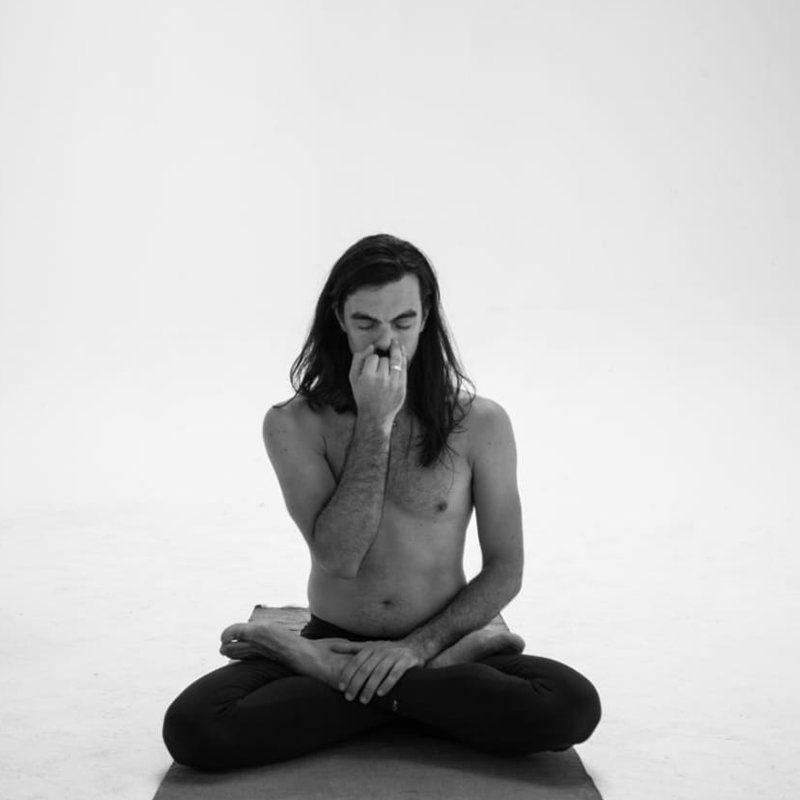Workshops with Invited Teachers
Ramiro Ventura in Lima May 24-25 and 26
Ramiro Ventura knows yoga more than eleven years ago. Since then, he has consistently devoted himself to his practice and, since 2010, to his teaching.
His passion for the study of yoga and his vocation to share it prompted him to travel to India four times; having an opportunity to practice at the Krishna Pattabhi Jois Ashtanga Yoga Institute. On his last trip, in mid-2018, he receives from his teacher Sharath Jois - direct descendant of Pattabhi Jois - the level II authorization to teach the method.
In addition to the practice of Ashtanga Yoga, Ramiro has deepened his training with knowledge of Ayurveda, Chinese medicine and Vedanta philosophy and also has training as a dancer of classical dance of India -bharatnatyam- and contemporary dance.
In Buenos Aires, she directs Ashtanga Yoga Sattva - a school dedicated exclusively to the transmission of Ashtanga Yoga following the master-disciple tradition.

Bandhas and breathing workshop.
Bandhas and breathing are fundamental elements in the practice of Ashtanga Yoga; all the movements that we made on the mat originate in the marriage of these two. Understanding how they work and their effects makes it possible for us to begin to perceive in our bodies the driving force responsible for life and, therefore, make our way on the path of personal transformation.
In this workshop, we will outline the principles anatomies involved in the process of breathing and its relationship with the subtle channels of our energy body. In addition, we will explore with the body techniques to recognize the action of bandhas and expand lung capacity.
VINYASA laboratory.
The vinyasa is responsible for uniting posture, gaze and breathing giving fluidity of movement to the practice of asana. To stay in the exact count of vinyasas that the Ashtanga Yoga sequence proposes, it is essential to learn how to economize movements and put aside distractions.
This workshop also seeks to understand at a theoretical level the effects of vinyasa in our organism, address the different transitions between positions and reeducate different patterns that are unconsciously printed in our movements. This also includes the fearsome 'jump back' and 'jump through'.
Recitation and philosophy. YOGA SUTRAS
In India the study of classical texts and philosophy is closely linked to oral tradition. His instruction is through the method known as 'call and response' in which the teacher recites a verse and the student repeats it; and once the learning of a text is completed, the explanation of its meaning is continued.
Patanjali's Yoga Sutras, the reference text par excellence for anyone who transits the spiritual path of Yoga, constitute a scientific manual that compiles in an orderly and concise way ancient tools to clarify the mind and discover our true nature.
In these meetings we will begin to familiarize ourselves with the sounds of the Sanskrit language and then continue with the recitation of some verses. of the first chapter -Sadhana Pada- of the Yoga Sutras, ending with a reflection on the teachings that those verses contain regarding the importance of sustaining a spiritual practice.




